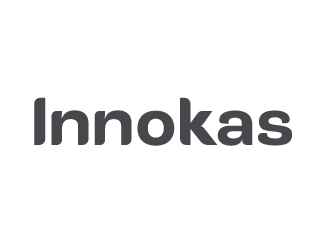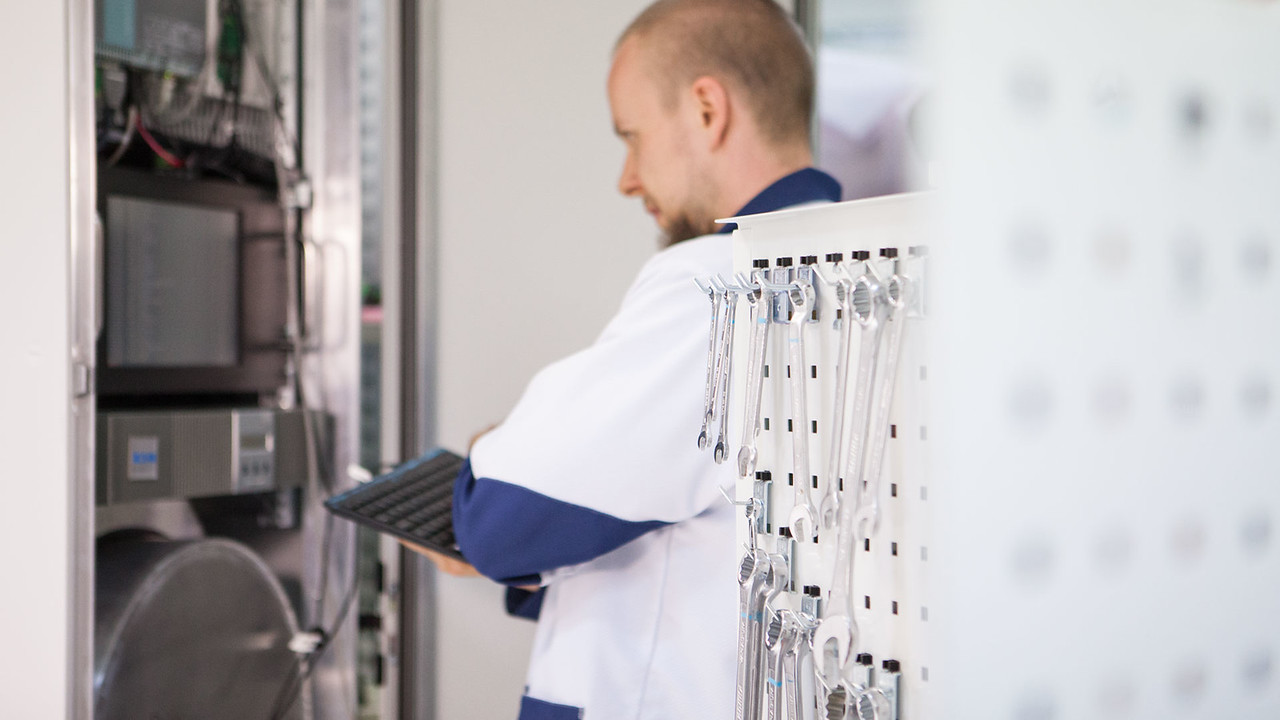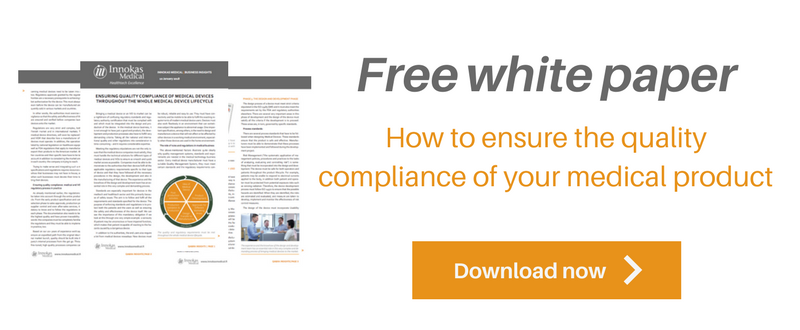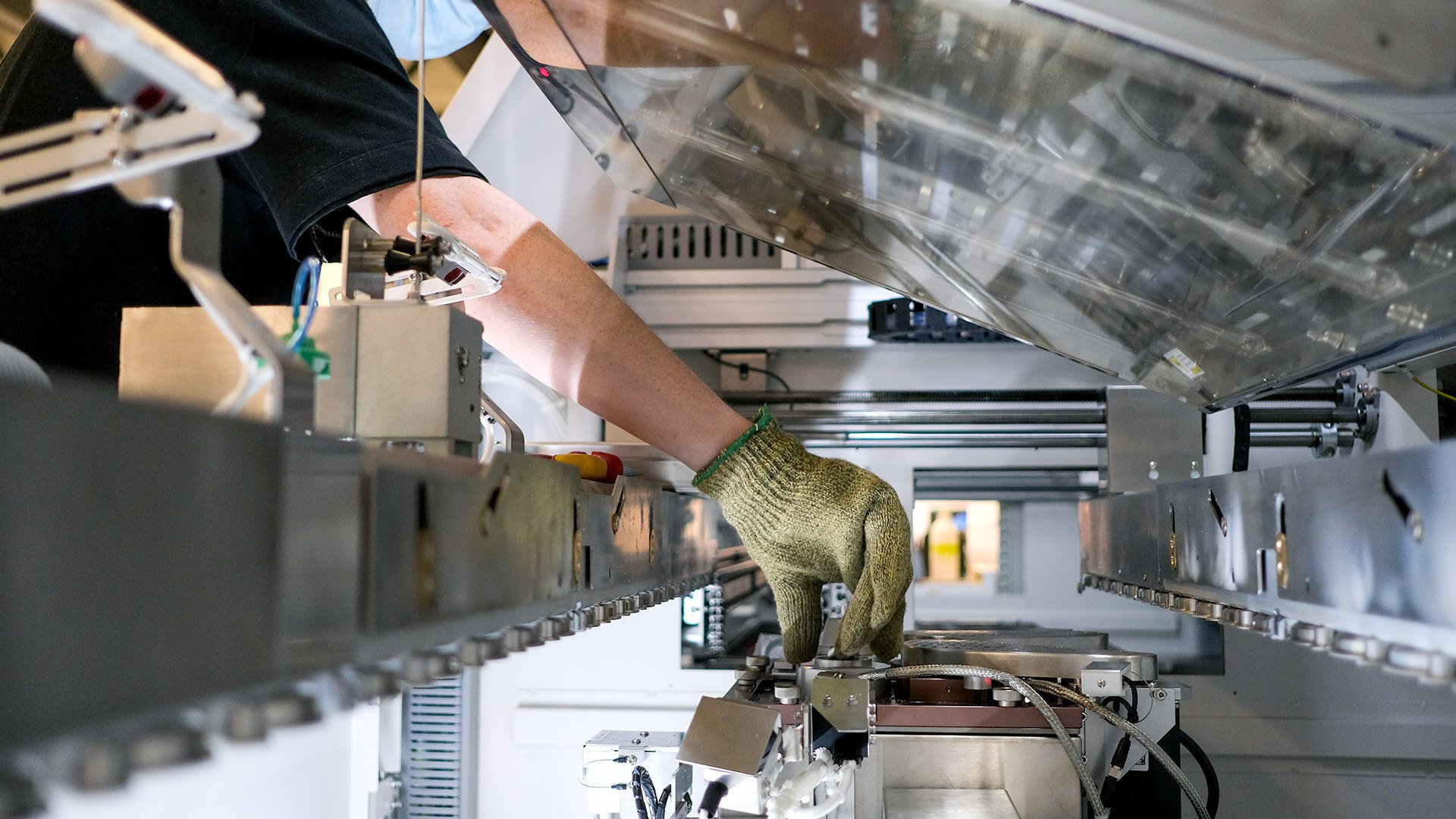In our previous MDR related blog post we discussed on how to ensure that your existing products are compliant with the new medical device regulation. Now we’re sharing some tips on how to get ready for the new MDR with your new legacy product.
Both of the above mentioned subjects are important because medical device manufacturers can place their medical products on the EU market only if they meet all the applicable requirements, meaning new MDR after transition period. The new MDR requires both existing but also new medical devices to undergo conformity assessment to the new MDR and to be CE marked. The objectives of the conformity assessment is to demonstrate that a product being placed on the market complies with all legislative requirements.
Even if the new regulations on medical devices entered into force on 25th May 2017, there are still some parts of the regulation under development and therefore the regulation cannot be fully respected. The new rules should fully apply after a transitional period: the Regulation on medical devices in spring 2020 and the Regulation on in vitro diagnostic medical devices in spring 2022.
If you are developing a new medical device, you may want to start to apply the new Regulations early enough so that you are ready for conformity assessment according to new Regulations when the device design is ready. Therefore, here are some tips to get ready for the new MDR with your new legacy product to ensure it’s compliant with the new regulation!
Let's start!
Tip #1. Start by ISO 13485:2016 compliance
Tip #2. Check if your device is a medical device according to MDR
Tip #3. Familiarize yourself with the regulatory framework and classify your device accordingly
Tip #4. Study the requirements for the product in early phase of the project
Tip #5. Start creating the Technical Documentation while design and development evolves
Tip #7. Prepare to more rigorous clinical evidence
Tip #8. Create Post Market Surveillance process and plan
Tip #9. Check labelling and UDI requirements
Tip #10. Choose conformity assessment route, and communicate with the NB
Tip #11. Write the Declaration of Conformity and apply CE marking to your devices
Tip #1. Start by ISO 13485:2016 compliance
The rule number one is that you should start by developing a ISO 13485:2016 compliant Quality Management System that is required from all medical device manufacturers.
We suggest you to create your Quality Management system to be compliant with the latest version of ISO 13485:2016, if you have not done this earlier. This is because meeting the requirements of ISO 13485:2016 can actually help you to meet the new MDR requirements as there is better alignment between the requirements of the standard and the new regulations. Remember also to include the Risk management process, usability process and software lifecycle process, when applicable, in your QMS.
PSST! Read more about how to prepare your QMS to the new MDR from here!
Tip #2. Check if your device is a medical device according to MDR
The MDR covers devices that previously fell under two separate European directives, the Medical Devices Directive (MDD) and the Active Implantable Medical Devices Directive (AIMDD). In vitro diagnostic devices will be covered by the new In Vitro Diagnostics Directive (IVDR).
The intented purpose of the device, as defined by its manufacturer, is the key for qualifying and classifying a product according to the medical device regulations. Define the intended purpose for your device carefully and then read the definitions from the Regulation and check if your device is a medical device.
In addition, there are some products that, despite having no intended medical purpose, must also meet MDR requirements. The Annex XVI of the new regulation lists groups of products that belong to this group (e.g. high-intensity electromagnetic radiation equipment used for skin treatments such as tattoo and hair removal). You should check that list as well.
Tip #3. Familiarize yourself with the regulatory framework and classify your device accordingly
The new MDR sets out 22 rules for determining risk classes (Annex VIII). Familiarize yourself with the new MDR definitions, then study carefully the Annex VIII, and check the classification for your product. You should also document the classification determination and provide the justifications for the classification rule(s) applied.
We have found Entries as a useful tool for determining and documenting the classification as well as finding out some essential requirements from MDR. This tool guides any MedTech stakeholder through the questionnaire necessary to determine, if their innovation is regulated as a medical device or as vitro diagnostic (IVD) device - and if so, in which risk class it falls. This Entries service supports also with the new regulations, the MDR and the IVDR.
PSST! The Regulation for medical devices is published at European Union website, see more from here!
Tip #4. Study the requirements for the product in early phase of the project
You should also find out what kind of general safety and performance and other requirements there are related to your product. Study those standards, guidelines and any common specifications related to your product.
European Union has not yet harmonized any standards related to the new MDR, but the easiest way to demonstrate the conformity is to follow appropriate standards. The benefits of using standards include providing a set of common requirements and test protocols to the device manufacturer, so you do not need to "reinvent the wheel" for each new bench test to ensure safety and effectiveness of the device. Remember to use accredited testing laboratories for conformity assessment tests.
Tip #5. Start creating the Technical Documentation while design and development evolves
The technical documentation has been described in the Annex II of the Regulation. Technical documentation has to be developed during the design and development process of a device and maintained throughout its entire life cycle. In the new MDR there is much more detailed information what kind of documentation there should be included in the Technical File than earlier.
The new Technical File requirement consists of 6 parts;
- Device description and specification, including variants and accessories
- Information to be supplied by the manufacturer
- Design and manufacturing information
- General safety and performance requirements
- Benefit-risk analysis and risk management
- Product verification and validation
You should also notice that manufacturers of class I devices, which are not provided sterile, have no measurement function and are not reusable surgical instruments, will also need to update their technical documentation in order to comply with the regulation, even though they may issue MDR compliant DoC without involvement of a NB. For example, all classes of medical devices, manufacturers must now provide information in the technical documentation to explain the design stages and procedures that applied to their device (Annex II, point 3). Under the requirements of the MDD/AIMDD, this was only the case for class III devices.
Tip #6. Pay special attention on Technical Documentation requirement part 4: General Safety and Performance Requirements (SPR)
The SPR will replace the Directives’ Essential Requirements. These requirements can be found from Annex I of the Regulation. Your technical documentation shall contain information to demonstrate conformity to general safety and performance requirements that are applicable taking into account its intended purpose and shall include methods used to demonstrate conformity (like justification, validation and verification).
Annex I has three chapters: 1. General Requirements, 2. Design and Manufacture and 3. Information supplied with the device. The Safety and Performance requirements are similar to Essential Requirements, but generally there is much greater emphasis now on the risk management, risk/benefit and “state of art”.
Tip #7. Prepare to more rigorous clinical evidence
Product verification and validation includes clinical and performance validation. More rigorous clinical evidence is required for class III and implantable medical devices by new MDR. Systematic clinical evaluation for Class IIa and Class IIb medical devices is also required.
Manufacturer will need to prepare their clinical evaluation by considering the new wording of the regulation on when an equivalence approach and under which circumstances it is possible to justify not conducting a clinical investigation. Clinical data will need to be robust enough to duly substantiate any claims. Med dev 2.7.1 rev 4 can serve as a guidance on the methodology how clinical evaluation could be documented.
Tip #8. Create Post Market Surveillance process and plan
The MDR requires a subpart within the technical documentation, which specifically addresses the Post Market Surveillance activities set up by the manufacturer. Details on what information needs to be provided in this part of the technical documentation are found under Annex III of the MDR.
More precisely, the technical documentation must contain a Post Market Surveillance plan that complies with the obligations of the manufacturers as referred to in Article 84 of the MDR, a Periodic Safety Update Report (PSUR) for devices greater than class I (Article 86 of MDR), or a PMS report for devices of class I (Article 85 of the MDR).
Tip #9. Check labelling and UDI requirements
Ensure that device is supplied with required information (Annex I, Section 23) in official EU language. Whenever UDI system becomes applicable, assign the UDI to the medical device in accordance with Article 27 of the MDR, and implement all the necessary labelling with the UDI.
Tip #10. Choose conformity assessment route, and communicate with the NB
Check that the desired Notified Body is designated under MDR for relevant category of devices or establish relationship with new NB and discuss early enough with the NB about transition to MDR. Organize your Technical documentation to a readable format according to the guidelines of your notified body, send it and have discussions needed with your NB. Prepare for changes and perform needed corrective actions requested by NB.
Tip #11. Write the Declaration of Conformity and apply CE marking to your devices
The EU declaration of conformity shall state that the requirements specified in this Regulation have been fulfilled in relation to the device that is covered. Study Annex IV of the Regulation to find out what information EU declaration of conformity should contain, as a minimum.
The documentation has to be translated into an official Union language or languages required by the Member State(s) in which the device is made available. The EU declaration of conformity must be kept up-to-date.
Devices, other than custom-made or investigational devices, considered to be in conformity with the requirements of this Regulation shall bear the CE marking of conformity. Annex V of the Regulation defines the appearance of the CE marking.
This was our short discussion on how to ensure that your new products are compliant with the new regulation. In the future posts we will introduce more our thoughts on how to prepare for the coming MDR. So stay tuned!
Meanwhile, you can get yourself familiarized with that how to ensure the quality compliance during the whole life cycle of the medical device in practice. You can download our White Paper including insights related to that. It shows an illustrated outline of the stages in developing your idea into a worldwide selling product in the medtech/healthtech sector. These phases demonstrate how to ensure compliance to enable medical devices to be placed on the market as smoothly as possible. Please download your free white paper below!











